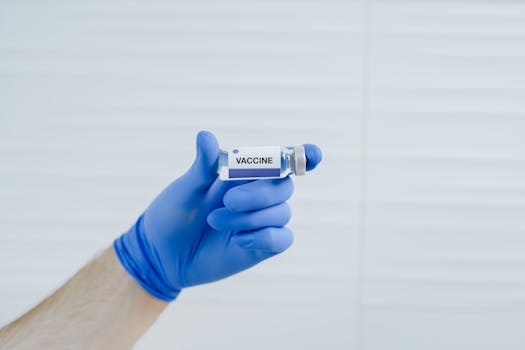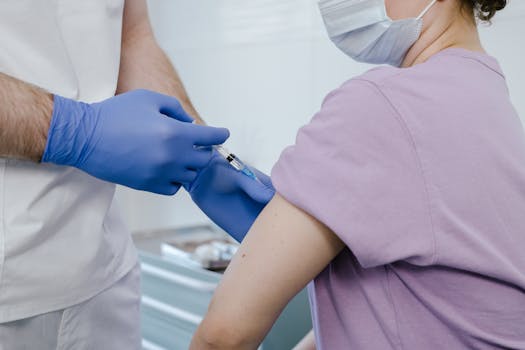
Introduction to Vaccines

Vaccines have played an essential role in controlling infectious diseases worldwide. They work by utilizing components of a pathogen to stimulate the body’s immune response, essentially training the immune system to recognize and combat the pathogen without causing the disease itself. This process is critical for both individual and public health.
How Vaccines Work

Most vaccines contain weakened or inactivated parts of the disease-causing organism. These components, known as antigens, can be made from proteins or sugars. When vaccinated, the immune system detects these antigens and responds by producing antibodies. If the person is later exposed to the actual pathogen, their immune system can recognize and attack it more effectively, resulting in immunity.
Additionally, vaccines can enhance immunity more than a natural infection. This is achieved through the activation of various immune cells. Memory cells remain in the body long after vaccination, allowing a rapid and effective response if the true infection occurs.
The Role of Immunization in Public Health

Immunization has radically changed the face of public health over the past century. Diseases such as smallpox have been eradicated, others, like polio, are close to extinction thanks to extensive vaccination campaigns. Immunized populations contribute to community immunity—or herd immunity—where a sufficiently high level of immunization reduces the likelihood of disease spread. This is particularly critical for those who cannot be vaccinated, such as infants or individuals with certain health conditions.
Vaccine Safety and Myths

Vaccines go through rigorous testing in clinical trials to ensure their safety and efficacy before being approved for public use. Common misconceptions about vaccine safety include the false belief linking vaccines to autism. Extensive research has debunked this myth, affirming that vaccines are safe and effective in preventing many diseases. Monitoring continues even after approval, with health organizations globally being vigilant about vaccine side effects.
Conclusion: The Path Forward

The science behind vaccines solidifies their place as indispensable tools for safeguarding public health. By understanding how vaccines work, individuals are better equipped to make informed decisions regarding their health and vaccinations. As we continue to face new strains of pathogens, research into vaccines and immunization remains a priority that impacts not just individual patients, but entire communities.






